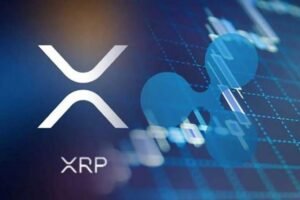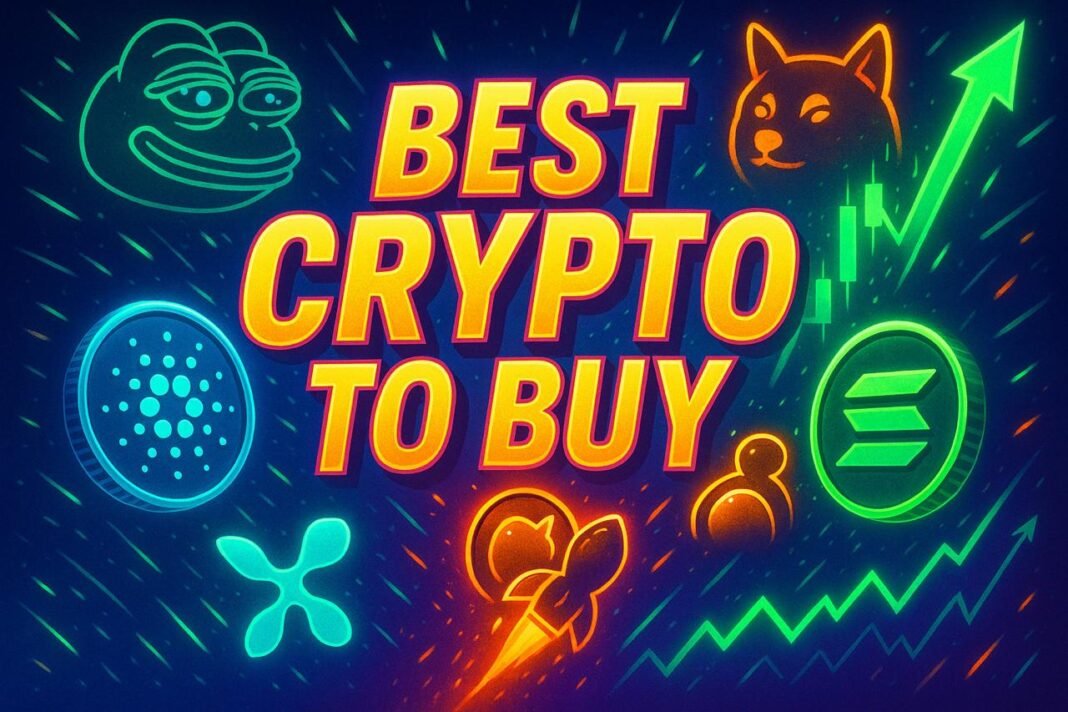Market Pulse
October 30, 2025 – The digital asset landscape continues its relentless evolution, and amidst the clamor of market fluctuations and emerging technologies, one veteran contender, XRP, is experiencing a significant resurgence of optimism. This renewed hope among investors and market watchers stems not from speculative rallies or fleeting trends, but from a growing embrace by traditional financial institutions and a hard-won clarity in its regulatory standing. While much of the crypto market’s attention has often fixated on the prospect of XRP-backed exchange-traded funds (ETFs), the real story unfolding points to a deeper, more fundamental integration of XRP into the global financial infrastructure.
Regulatory Wins Bolster Institutional Confidence
A pivotal factor in XRP’s invigorated trajectory has been the progressive resolution of its long-standing legal battles, particularly in key jurisdictions. The landmark decisions in favor of Ripple, the company behind XRP, have provided unprecedented regulatory clarity, setting a precedent that de-risks the asset for institutional players. This newfound certainty has acted as a catalyst, prompting major financial firms to re-evaluate XRP’s utility in their operations.
- De-risking the Asset: Legal clarity has removed a significant barrier for compliance-conscious institutions.
- Increased Partnership Activity: Financial sector entities are more willing to explore collaborations and integrations.
- Global Regulatory Precedent: Decisions in one major market often influence approaches in others, paving the way for wider acceptance.
RippleNet’s Expanding Global Footprint
Beyond the legal sphere, Ripple’s enterprise blockchain solution, RippleNet, continues to expand its reach, demonstrating XRP’s practical application in cross-border payments. Financial institutions are increasingly leveraging XRP as a bridge currency for efficient, low-cost, and rapid international transactions. This direct utility, rather than pure speculation, is proving to be a compelling draw for banks and payment providers looking to modernize their outdated correspondent banking systems.
The network’s growth indicates a sustained demand for a digital asset that can facilitate real-time gross settlement across diverse global markets. As traditional finance grapples with the inefficiencies of legacy systems, RippleNet offers a viable, tested alternative that incorporates XRP for liquidity and speed, underpinning a tangible value proposition for the token.
Bridging Traditional Finance with Digital Efficiency
XRP’s design as a low-cost, high-throughput asset positions it uniquely to bridge the gap between traditional finance and the nascent digital economy. Institutions are not merely observing but actively exploring XRP for various applications:
- On-Demand Liquidity (ODL): Financial services providers use ODL, powered by XRP, to free up pre-funded nostro/vostro accounts, reducing capital requirements and operational costs.
- Faster Settlement: The XRP Ledger’s ability to settle transactions in 3-5 seconds drastically cuts down settlement times compared to conventional banking methods.
- Wholesale Payments: Corporations and institutions are looking at XRP for large-volume, high-value transfers that require both speed and cost-efficiency.
These practical applications highlight a strategic pivot where XRP is seen as an essential component of a more efficient global financial system, rather than solely a speculative investment vehicle.
Ecosystem Development and Future Potential
The broader XRP Ledger (XRPL) ecosystem is also witnessing a burgeoning developer community and the emergence of new use cases. While enterprise solutions remain Ripple’s core focus, the decentralized nature of the XRPL allows for innovation across various sectors, from decentralized finance (DeFi) primitives to tokenized assets, further cementing XRP’s long-term utility and resilience. This organic growth, fueled by developer interest and innovative applications, adds another layer of fundamental value to the asset, independent of institutional direct adoption.
Conclusion
The palpable sense of renewed hope surrounding XRP in late 2025 is a testament to its evolving narrative. While the allure of institutional financial products like ETFs will always capture headlines, the true momentum for XRP is being generated by its deepening integration into global payment systems and the clarity afforded by key regulatory victories. As traditional finance continues its inexorable shift towards digital assets, XRP’s foundational technology and strategic positioning appear increasingly vital, promising a future where utility, not just speculation, drives its value.
Pros (Bullish Points)
- Increased regulatory clarity reduces investment risk for institutions.
- Growing adoption of RippleNet by financial institutions validates XRP's utility.
- XRP's speed and low transaction costs offer significant advantages for cross-border payments.
Cons (Bearish Points)
- Lingering regulatory scrutiny in some regions could still pose challenges.
- Intense competition from other blockchain payment solutions and stablecoins.
- Price volatility may persist despite increasing institutional utility.
Frequently Asked Questions
What is driving the renewed optimism for XRP in late 2025?
Renewed optimism for XRP is primarily driven by enhanced regulatory clarity from legal victories and increased adoption by traditional financial institutions for efficient cross-border payments via RippleNet.
How are financial institutions utilizing XRP?
Institutions are using XRP primarily for On-Demand Liquidity (ODL) and as a bridge currency for fast, low-cost international settlements, reducing the need for pre-funded accounts.
What are the main challenges facing XRP despite its recent successes?
Despite recent successes, XRP still faces challenges such as ongoing regulatory complexities in various jurisdictions, fierce competition from other payment solutions, and continued price volatility in the broader crypto market.






